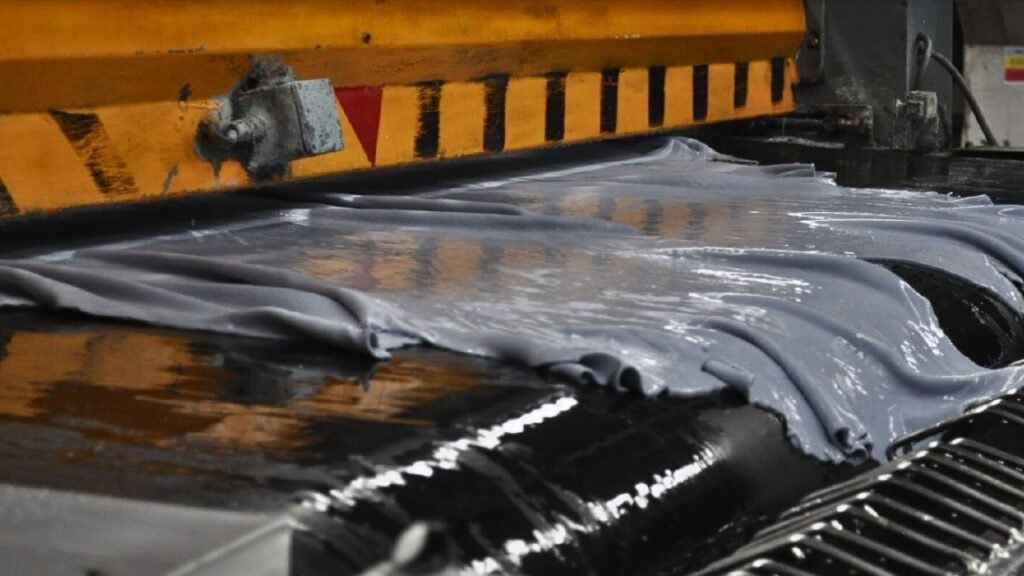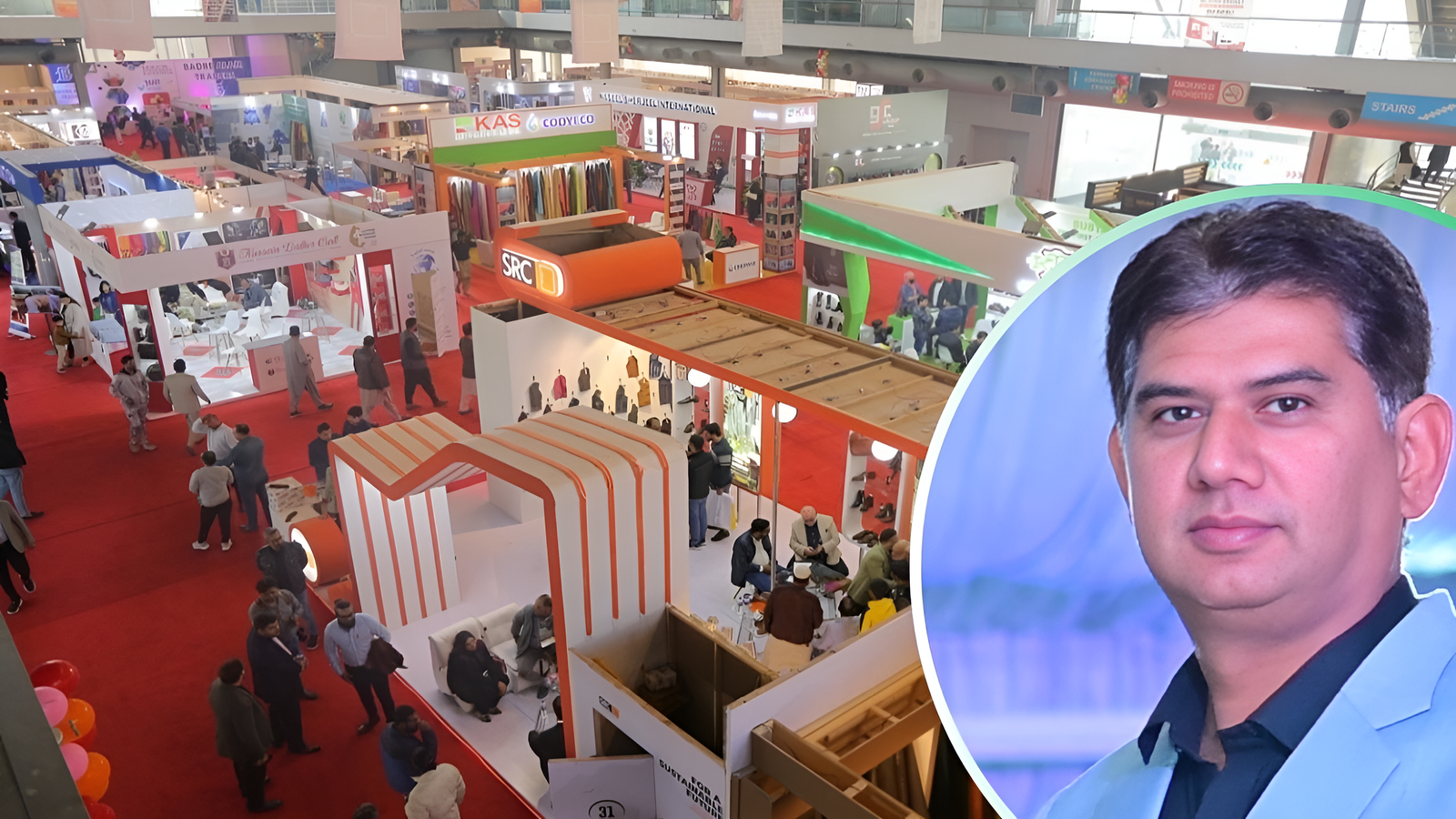The United States leather industry faced a turbulent first quarter in 2024, with mixed results across different types of leather exports. According to Leather and Hide Council of America (LHCA), the market experienced a notable decline in fresh and salted raw bovine Hides exports, against a robust performance in the wet blue leather segment. However, the most surprising development emerged from Brazil, traditionally a self-sufficient player in the leather market, which ramped up its imports across all categories.
The first quarter of 2024 saw a significant downturn in the export of fresh and salted bovine hides from the United States. Both the volume and value of these exports fell by 11%. This decline is largely attributed to decreased purchases from major trading partners, particularly China, which significantly cut back its imports. Conversely, Italy presented a glimmer of hope with an uptick in its purchases, increasing by 17% in volume and 35% in value.
One of the most unexpected shifts was Brazil’s increased import activity. Historically, Brazil has been largely self-reliant in producing and processing its own raw hides into leather. However, the first quarter data revealed a dramatic rise in Brazilian imports of fresh and salted raw bovine hides, with volume touching 130% and value by 109%. This unprecedented increase points to a shift in Brazil’s domestic market dynamics or a strategic pivot towards leveraging U.S. leather resources.
In contrast to the struggles seen in fresh and salted leathers, wet blue leather exports from the U.S. painted a more optimistic picture. The overall volume of wet blue leather exports grew by 29%, with a corresponding 22% increase in value. The primary drivers of this growth were the Asian markets, especially Vietnam and China. Vietnam’s imports of wet blue leathers skyrocketed by 123% in volume and 121% in value, while China also saw significant increases of 87% in volume and 79% in value.
Brazil’s engagement with wet blue leathers was even more pronounced than with fresh and salted leathers. The country’s import volume increased by 112%, and the value of these imports soared by 263%. This substantial growth underscores Brazil’s growing demand for semi-finished leather and potentially signals changes in its domestic processing capacities or export strategies.
While Asian markets pushed the overall performance of U.S. wet blue leather exports, the European scenario was starkly different. Italy, a major European player, reduced its imports of wet blue leathers by 44% in volume and 42% in value. This decline reflects broader economic or industry-specific challenges within Europe, which may include shifts in manufacturing trends, supply chain issues, or changing regulatory landscapes.
The first quarter of 2024 has illuminated several critical trends and shifts in the global leather market. The U.S. leather industry is navigating a complex landscape marked by declining demand from traditional markets like China and unexpected rise from countries like Brazil. These trends suggest a realignment of global supply chains and demand patterns, influenced by economic, political, and industry-specific factors.
For U.S. exporters, the increased demand from Brazil offers a new avenue for growth, potentially offsetting losses from traditional markets. However, it also presents challenges, such as ensuring consistent quality and supply to meet the heightened demand. Moreover, the mixed performance in Europe versus Asia indicates a need for diversified strategies tailored to regional market conditions.
The first quarter of 2024 has been a period of significant change and adaptation for the U.S. leather industry. While facing declines in certain segments, particularly in fresh and salted raw bovine hides, the industry has seen promising growth in wet blue leathers, driven by robust demand from Asia and a surprising rise from Brazil. These dynamics underscore the importance of agility and strategic adaptation in the face of shifting global markets. As the year progresses, monitoring these trends and responding proactively will be crucial for stakeholders within the U.S. leather export sector to maintain and potentially enhance their market positions.
Photo Credit – CUEROMEX WET BLUE










